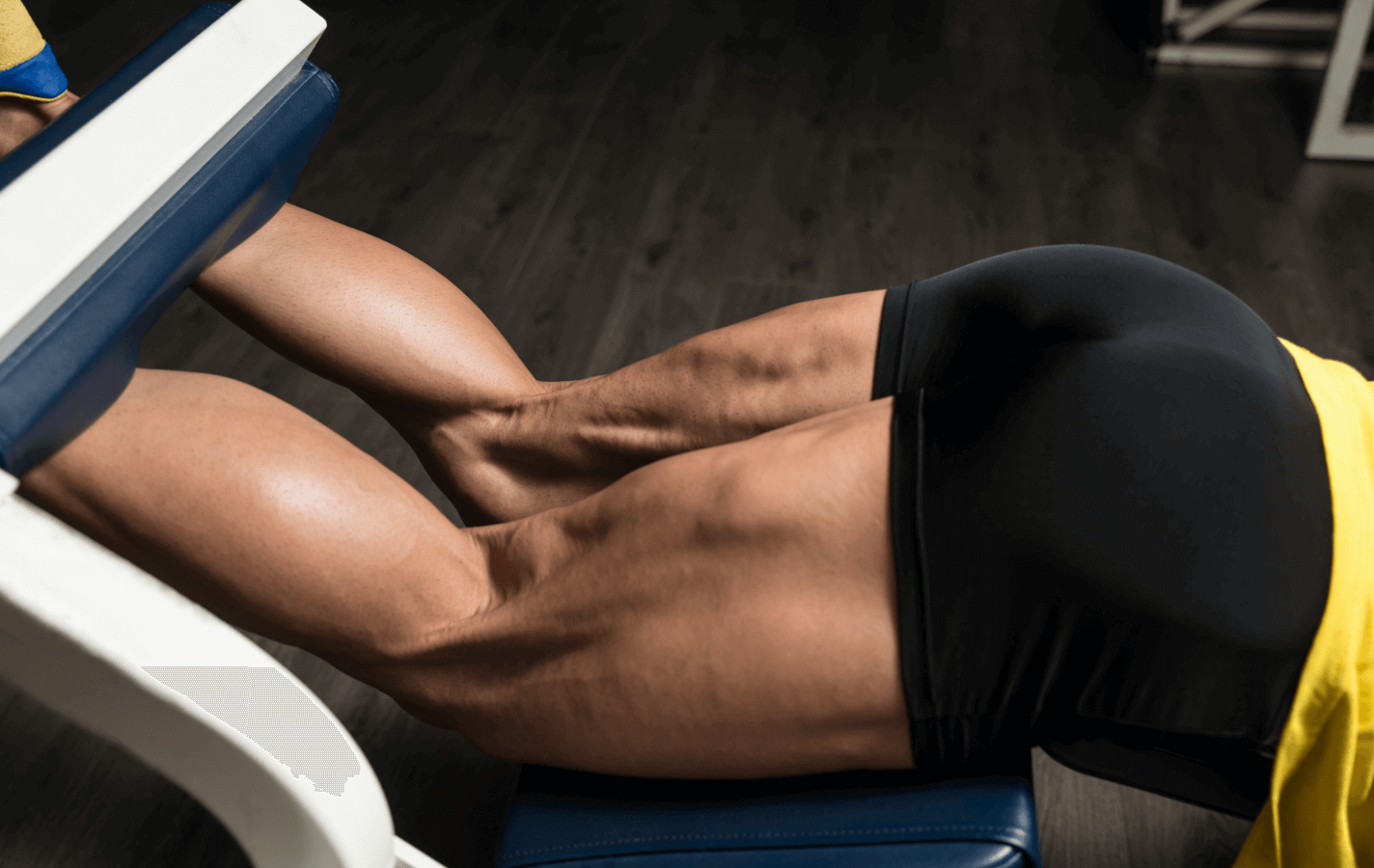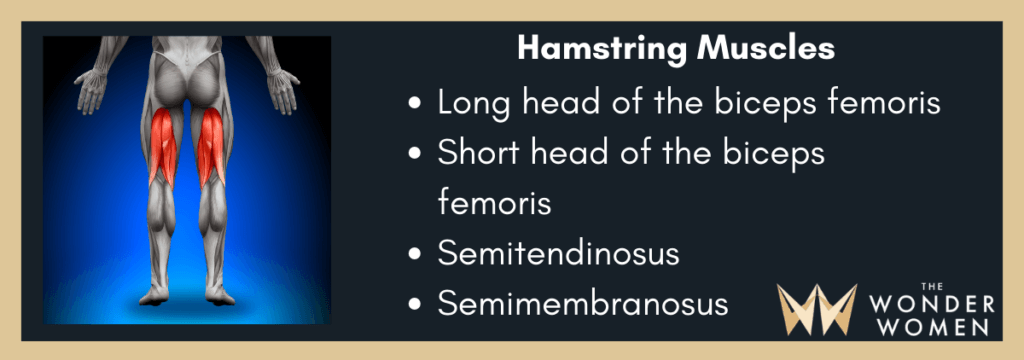Unleash your inner hamstring powerhouse! Often overlooked, these crucial muscles play a vital role in athleticism, injury prevention, and overall movement quality. This post covers all things hamstring training, providing a comprehensive plan encompassing hip hinge movements, knee flexion exercises, and the dynamic combo of hip extension and knee flexion. Packed with expert advice, instructional videos, and practical tips, it’s your ultimate guide to unlocking the full potential of your hamstrings and taking your training to the next level. Get ready to sprint faster, jump higher, and move with confidence – let’s unlock the power of your hamstrings!

INTRO/BASIC ANATOMY
The muscles in the back compartment of the thighs are known as the hamstrings. Did you know that the hamstrings are not a single muscle? The hamstrings are actually a group of four muscles which include: the long and short head of the biceps femoris, the semitendinosus, and the semimembranosus. We use our hamstrings for activities like walking, running, and jumping. Our hamstrings flex the knee and extend the hip at the very start of each step we take. Soft tissues in our body known as tendons connect the hamstrings to bones of our pelvis, knee, and lower leg.

TRAINING YOUR HAMSTRINGS
Since our hamstrings are used for knee flexion and leg extension there are three types of movements you will utilize to train your hamstrings. They include:
Hip Hinge Movements: Hip hinge movements are movements where you hinge your torso forward at the hips. There is a slight bend at the knees while keeping your back straight as you push the hips backward to hinge over. All the power in these movements are in and around the hips as you feel the hamstrings stretch.
Examples: Romanian deadlift, stiff legged deadlift, deadlift variations, good mornings
Volume for Training: 5-12 rep range.
Knee Flexion: Knee flexion movements allow for the leg (calve region) to move back towards the hamstring via the knee.
Examples : seated or lying hamstring curls, swiss ball hamstring curls, standing hamstring curls
Volume for Training: 8-20 rep range
Hip Extension & Knee Flexion: Hip and knee flexion exercises combine the two movement patterns as stated above.
Examples: Glute ham raise
Volume for Training: 10-30 rep (accessory)
Other Information:
The hamstrings are a bigger muscle group, which means training them can generate a lot of force. Because of this they can generate more fatigue. Additionally, the exercises that best train the hamstrings are multi-joint compound & hip hinge movements like the deadlift, which also have a greater potential for generating fatigue.
That said, women are generally able to handle more volume when training the hamstrings as opposed to men, and the reason for that is two-fold:
1) women are less able to generate max effort as opposed to men
2) women recover better
Due to this for weekly hypertrophy purposes women should train on average 13-16 sets with 3-10 sets per session.

